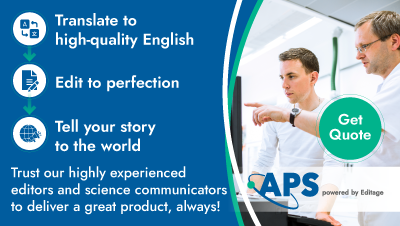Abstract
Resonant anomaly detection is a promising framework for model-independent searches for new particles. Weakly supervised resonant anomaly detection methods compare data with a potential signal against a template of the Standard Model (SM) background inferred from sideband regions. We propose a means to generate this background template that uses a flow-based model to create a mapping between high-fidelity SM simulations and the data. The flow is trained in sideband regions with the signal region blinded, and the flow is conditioned on the resonant feature (mass) such that it can be interpolated into the signal region. To illustrate this approach, we use simulated collisions from the Large Hadron Collider (LHC) Olympics dataset. We find that our flow-constructed background method has competitive sensitivity with other recent proposals and can therefore provide complementary information to improve future searches.
3 More- Received 31 January 2023
- Accepted 28 April 2023
DOI:https://doi.org/10.1103/PhysRevD.107.096025
Published by the American Physical Society under the terms of the Creative Commons Attribution 4.0 International license. Further distribution of this work must maintain attribution to the author(s) and the published article’s title, journal citation, and DOI. Funded by SCOAP3.
Published by the American Physical Society


